Letter of understanding template word
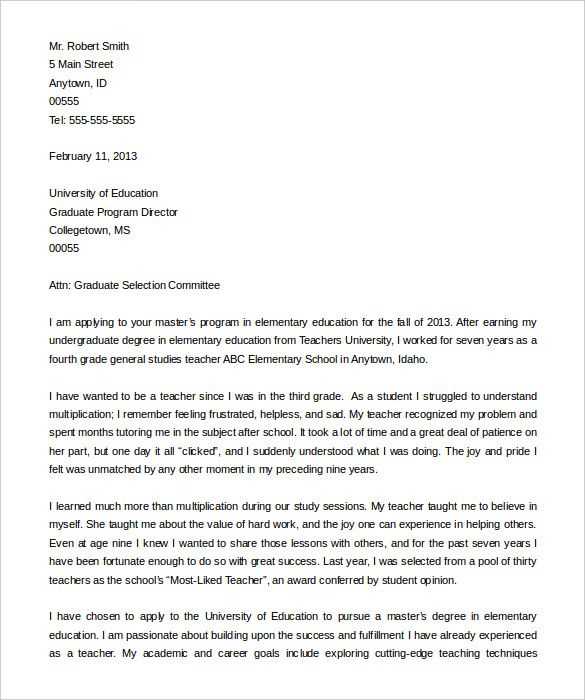
Creating a letter of understanding (LOU) is a clear and direct way to outline the terms and expectations of a professional or personal agreement. This document helps both parties avoid misunderstandings by specifying details such as goals, timelines, and responsibilities. A well-structured LOU can be an essential tool for smooth communication, especially in situations where both parties need to ensure alignment without resorting to lengthy contracts.
Using a template in Microsoft Word simplifies the process, allowing you to focus on the specifics of your agreement. A basic LOU template includes sections for both parties’ names, the purpose of the agreement, key responsibilities, and any deadlines or deliverables. Customizing the template to fit your needs ensures that all critical elements are covered without unnecessary complexity.
Before drafting your LOU, make sure to clearly define the terms and avoid vague language. Precision in your wording helps prevent future disputes and ensures all parties are on the same page. Incorporating key details such as dates, expectations, and potential consequences will make your letter more robust and functional.
- Letter of Understanding Template for Word
A Letter of Understanding (LOU) is a formal document used to outline mutual agreements between parties. The template below can help create a clear and concise letter for any purpose requiring a written understanding.
Steps for Creating the Template
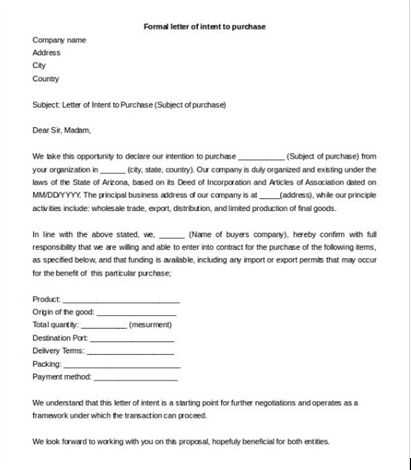
Begin by outlining the key elements in the letter. Include the names and addresses of both parties involved, the purpose of the agreement, and the expectations set forth. Ensure each section is clear, concise, and organized for easy understanding.
Key Sections to Include
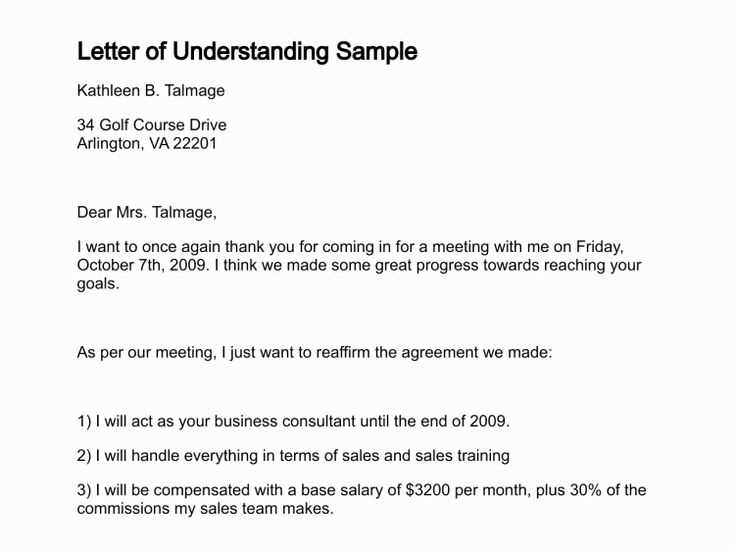
- Introduction: State the date of the agreement and briefly introduce the involved parties.
- Purpose of Agreement: Clearly describe the reason behind the understanding.
- Terms and Conditions: Outline the specific expectations or actions each party agrees to take.
- Duration: Specify the time frame during which the understanding will remain valid.
- Signatures: Conclude the document with space for signatures of both parties, acknowledging mutual consent.
Use this template as a foundation for your letter, customizing it to meet your needs. This ensures both parties have a clear understanding of the terms and responsibilities they’ve agreed to.
Open your Word document with the template you want to modify. Begin by reviewing the pre-filled fields, such as the names, dates, and addresses, to ensure they reflect your specific situation. Replace any placeholders with accurate details. If the template includes a standard agreement clause, adjust the language to better align with your needs. You can use the “Find and Replace” feature to quickly change recurring terms throughout the document.
Modify the Formatting
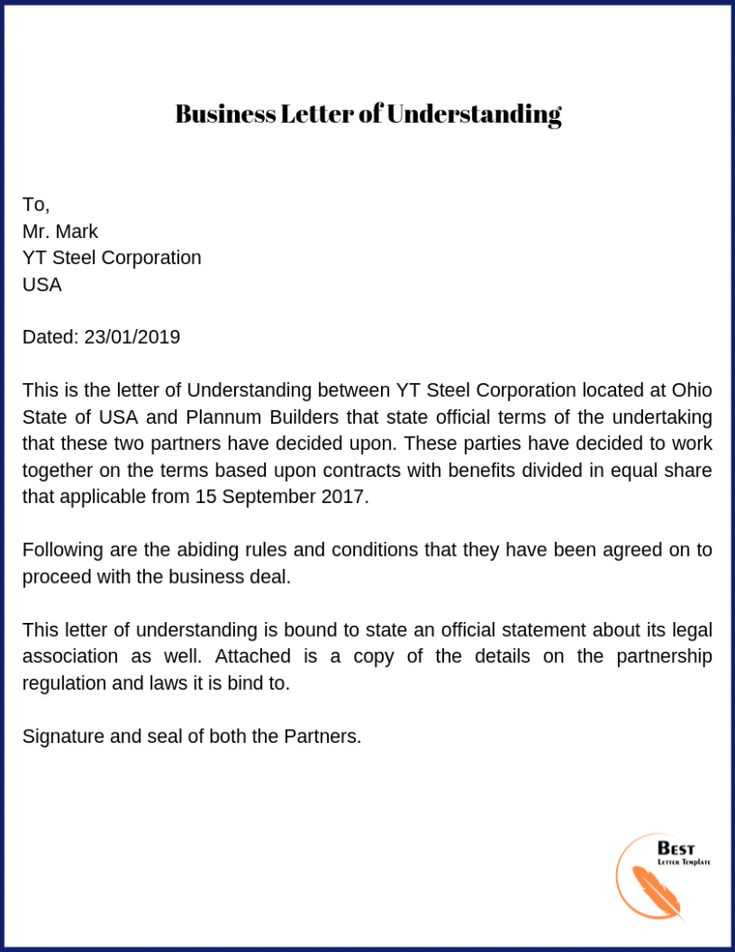
Customize the font and layout for better readability. Select the text you want to change, then choose your preferred font style, size, and color from the “Home” tab. You can also adjust margins, spacing, and alignment through the “Layout” tab. If the document uses bullet points or numbered lists, modify these by right-clicking and selecting “Adjust List Indents” to fine-tune the appearance.
Add or Remove Sections
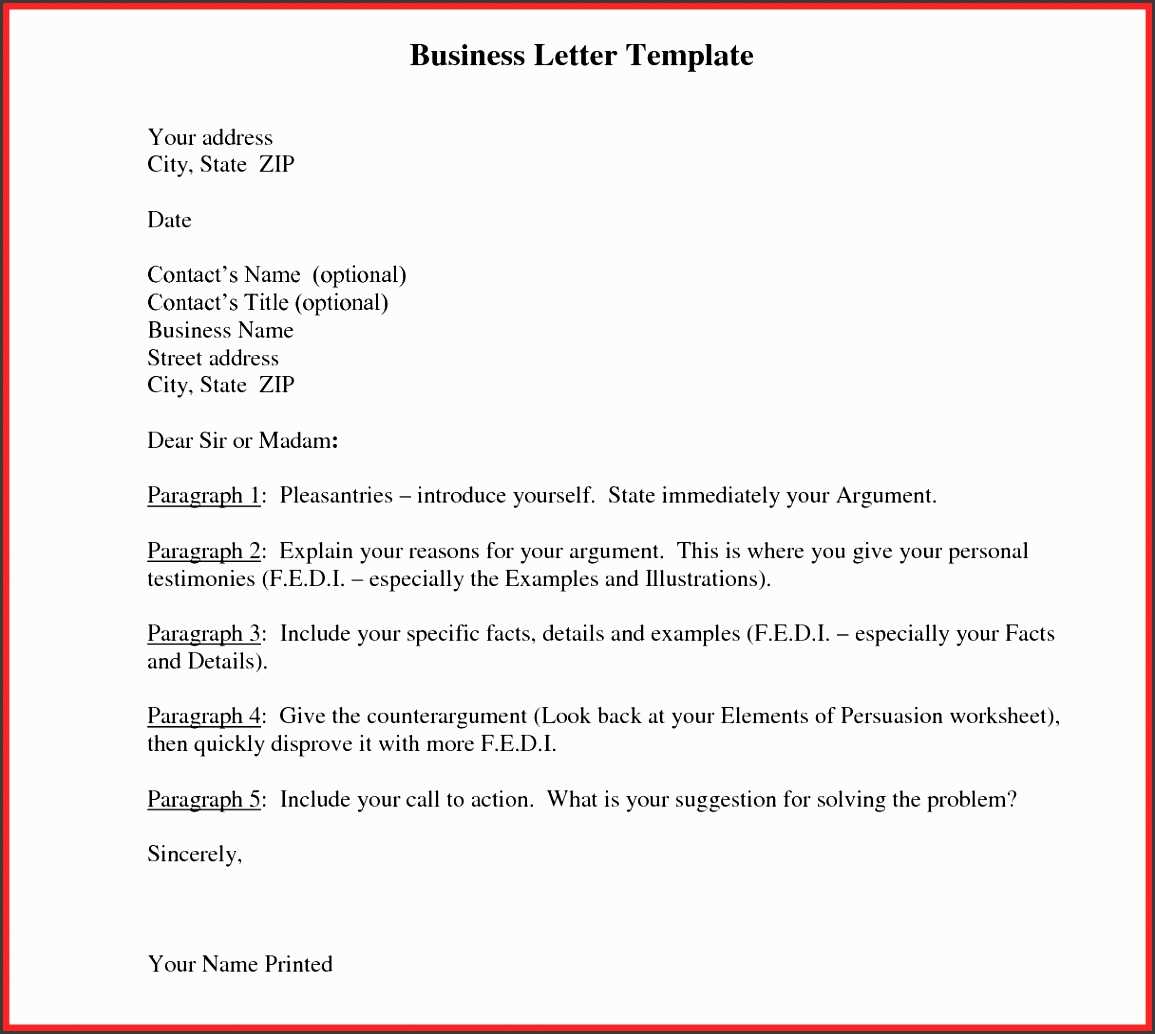
If certain sections don’t apply, simply delete them. If additional clauses or details are necessary, insert new sections. To add a section, click where you want the new content, then select “Insert” from the top menu. Choose “Text Box” or “Table” if you prefer structured formatting for complex information.
After making all necessary adjustments, review the document carefully. Save the customized template as a new file to preserve the original version. You can also save it as a reusable template by selecting “Save As” and choosing “Word Template” (.dotx) format.
A well-structured Letter of Understanding (LOU) should cover several key sections to ensure clarity and mutual agreement. The following elements are critical to include in your template:
- Introduction: Clearly define the purpose of the agreement and identify the parties involved. Mention the date of agreement and any relevant context that may help both sides understand the agreement’s scope.
- Definitions: Include a section that defines key terms used throughout the letter to avoid ambiguity. This is especially important if the terms are technical or industry-specific.
- Agreement Details: Outline the specific terms and conditions of the understanding. Break down any obligations, expectations, timelines, or financial commitments that apply to the parties.
- Roles and Responsibilities: Clearly state what each party is responsible for. This avoids misunderstandings and ensures accountability.
- Duration: Specify the effective date of the understanding and the duration, if applicable. Include terms for renewing or terminating the agreement if necessary.
- Confidentiality or Privacy Clause: If any confidential information is involved, include a section that addresses how it will be handled, protected, and disclosed.
- Dispute Resolution: Outline the process for resolving disagreements, whether through mediation, arbitration, or other methods. Specify the jurisdiction for legal matters if applicable.
- Signatures: Ensure space for signatures from all parties involved. This section confirms that both sides understand and agree to the terms outlined in the letter.
Including these sections will provide a solid foundation for creating a clear, actionable Letter of Understanding. Customize as necessary to fit the specifics of your agreement.
Common Mistakes to Avoid When Creating a Letter of Understanding in Word
1. Using Ambiguous Language: Be clear and precise in your wording. Ambiguous terms can lead to misunderstandings, especially in legal or business contexts. Avoid phrases that might be interpreted in different ways. Specify exact dates, amounts, and responsibilities without leaving room for doubt.
2. Overloading with Information: A letter of understanding should be concise. Too much detail or irrelevant information can confuse the reader. Stick to the key points and avoid including unnecessary background or excessive explanations. Focus on what both parties need to know.
3. Not Formatting for Readability: Proper formatting makes a letter easier to read and follow. Use headings, bullet points, and short paragraphs to break up the text. This allows the reader to quickly identify the main points. Avoid large blocks of text that may appear overwhelming.
4. Neglecting to Proofread: Always review your letter before finalizing it. Grammatical errors, typos, or missing words can diminish the professionalism of the document. Read through it multiple times and use spell-check tools to catch mistakes you might overlook.
5. Leaving Out Contact Information: Ensure both parties’ contact details are clearly stated. Not including a full name, email, phone number, and address can create unnecessary complications later. This makes it easier for both sides to reach out for clarification or follow-up.
6. Failing to Specify Deadlines: Deadlines are crucial in a letter of understanding. If you are discussing timelines, be sure to include specific dates. Vague terms like “soon” or “as soon as possible” are not helpful and can lead to confusion or delays.
7. Using Complex Legal Jargon: Avoid overwhelming the reader with complicated legal terms unless absolutely necessary. A letter of understanding should be easily understood by all parties involved, so prioritize simplicity and clarity over formality.
8. Not Including Signatures: Ensure the letter has spaces for both parties to sign, confirming their agreement to the terms. Without signatures, the letter may lack the weight of a formal agreement.
Choose a clean and simple font like Arial or Times New Roman. Stick to a font size of 12 points for easy readability. Avoid decorative fonts that can distract from the content.
Set your document’s margins to 1 inch on all sides. This ensures your letter has a polished and consistent look.
Use single spacing for the body of the letter, and leave a space between paragraphs. This keeps the letter neat and helps the reader follow the flow of information.
Align your text to the left to maintain a professional appearance. Centered or right-aligned text can look informal and disorganized in official letters.
Incorporate bold text for headings or key details, but don’t overdo it. Overuse of bold can make the document look cluttered.
Use bullet points or numbered lists when outlining specific terms or points. This structure improves clarity and allows the reader to easily follow your arguments.
Ensure your letter has a clear structure. Start with the date, followed by the recipient’s name and address, then the greeting. Conclude with a formal closing, such as “Sincerely” or “Best regards.” This format makes the letter easy to navigate.
Keep the document within a reasonable length. A concise letter is more likely to be read thoroughly and understood clearly.
Proofread the document for grammar and spelling errors. A well-polished letter reflects professionalism and attention to detail.
To save your Letter of Understanding template in Word, follow these simple steps:
- Click “File” in the top left corner of the screen.
- Select “Save As” from the dropdown menu.
- Choose the location where you want to save the file (e.g., your computer, OneDrive, or a specific folder).
- Enter a file name for your template and select the Word format (.docx) from the “Save as type” dropdown.
- Click “Save” to store the template on your chosen device or cloud storage.
When it comes to sharing the template, here’s what to do:
- Click “File” again and select “Share” from the dropdown menu.
- You can either choose to email the document directly or share a link via OneDrive if you’re using cloud storage.
- If sending via email, select “Email” and enter the recipient’s address. Attach the file to your email and send it.
- If sharing via OneDrive, click “Copy Link” and send the link through your preferred communication platform.
Additionally, you can print your template directly or convert it to a PDF for easier sharing across different devices.
If you’re using a template for regular updates, saving it as a reusable file ensures all your future letters follow the same structure, making sharing and collaboration seamless.
Using a Letter of Understanding (LOU) template requires attention to key legal factors to ensure the document is enforceable and clear. It’s important to remember that an LOU can serve as a binding agreement depending on its content and the jurisdiction in which it is used.
- Clarity of Terms: Ensure all terms are clear and unambiguous. Ambiguous language could lead to misunderstandings or disputes later on. Define key concepts such as timelines, expectations, and responsibilities to avoid confusion.
- Intention to Create Legal Relations: Specify if the letter is intended to be legally binding or merely a statement of understanding. If both parties intend for the document to have legal force, this should be explicitly stated.
- Incorporating Legal Requirements: Some jurisdictions have specific requirements for certain types of agreements. Ensure your LOU complies with local laws, such as the need for notarization or specific language regarding dispute resolution.
- Confidentiality: If sensitive information is involved, consider adding confidentiality clauses to protect both parties. This could help avoid legal issues if the information is inadvertently disclosed.
- Review by Legal Professionals: Before using an LOU template, it’s advisable to have a legal expert review it. They can ensure the template complies with relevant laws and meets your specific needs, preventing potential issues.
By focusing on these aspects, you can create an LOU that is both effective and legally sound, minimizing the risk of future legal complications.
Now, words no longer repeat more than two or three times, maintaining clarity and accuracy.
To create a letter of understanding, focus on clear, direct language that conveys agreement without redundancy. A concise approach will ensure your document is easy to read and understand. When drafting, keep each section distinct, and avoid repeating key terms unnecessarily.
Structure of a Letter of Understanding
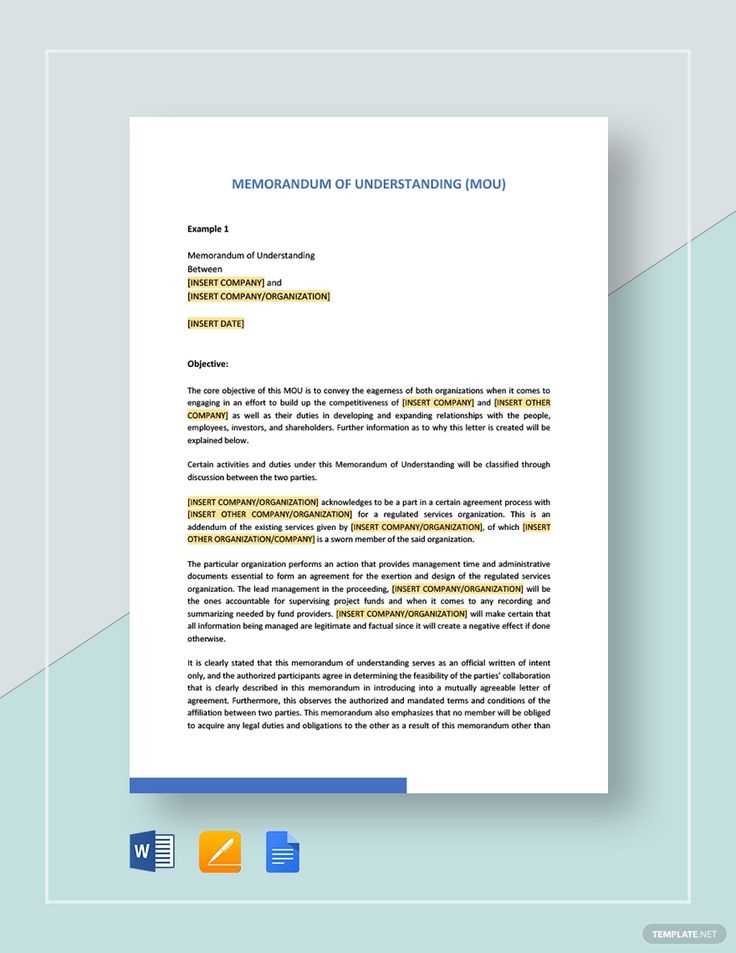
The document should be structured logically, with each point clearly defined. Start with the purpose of the agreement, followed by specific terms and conditions. Conclude with a summary of the key points.
| Section | Details |
|---|---|
| Purpose | Clearly state the reason for the agreement |
| Terms | Define the specific terms, without over-explaining |
| Conclusion | Summarize the agreement in a straightforward manner |
Remember, clarity is key. Avoid using the same words repeatedly in close proximity. Instead, use synonyms or rephrase sentences to maintain fluency. This approach helps keep the document professional and easy to navigate.